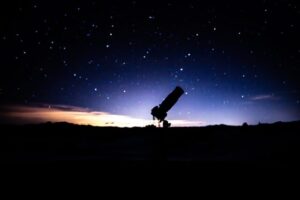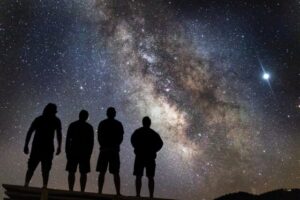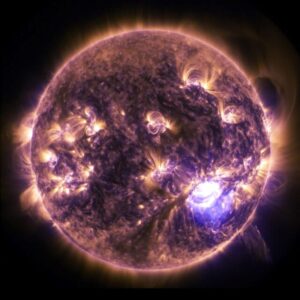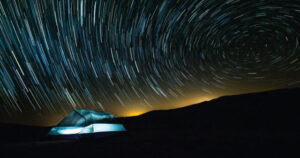Supernova remnant. When massive stars with more than ten solar masses have, at the end of their evolution, consumed all of their nuclear fuel supply, they collapse under their gravity and terminate in so-called core-collapse supernovae.Credit: NASA/JPL-Caltech/STScI
Physicists from the...
NASA's Cassini spacecraft pinged the surface of Titan with microwaves, finding that some channels are deep, steep-sided canyons filled with liquid hydrocarbons. One such feature is Vid Flumina, the branching network of narrow lines in the upper-left quadrant of...
Enhanced color image of Mercury. The bright, circular deposit in the upper center of the image is an enormous effusive volcanic deposit, situated within the largest impact crater on the planet, the Caloris basin. Image credit: NASA/JHU APL/CIW
New research...
An artist's drawing a black hole named Cygnus X-1. It formed when a large star caved in. This black hole pulls matter from blue star beside it.Credit: NASA/CXC/M.Weiss
One of the biggest problems when studying black holes is that the...
Drill hole into the John Klein target within Sheepbed Member of Yellowknife Bay, with a light-toned sulfate veinlet visible on the back wall. The light-toned veins have been identified as sulfates by ChemCam (Nachon et al.; Schroeder et al.)...
This artist's concept shows a diagram of how the inside of Ceres could be structured, based on data about the dwarf planet's gravity field from NASA's Dawn mission. Credit: NASA/JPL-Caltech/UCLA/MPS/DLR/IDA
In the tens of thousands of photos returned by NASA's...
Galaxy COSMOS-1908 is in the center of this Hubble Space Telescope image, indicated by the arrow. Nearly everything in the image is a galaxy; many of these galaxies are much closer to Earth than COSMOS-1908.Credit: Ryan Sanders and the...
This figure shows the habitable zone for stars of different temperatures, as well as the location of terrestrial size planetary candidates and confirmed Kepler planets described in new research from SF State astronomer Stephen Kane. Some of the Solar...
An artist’s rendering depicts the atmosphere on Io, Jupiter’s volcanic moon, as it collapses during daily eclipses. Credit: Southwest Research Institute
A Southwest Research Institute-led team has documented atmospheric changes on Io, Jupiter's volcanically active satellite, as the giant planet...
The supernova shock front as it pushes material from the blue and red supergiant phases.Credit: CAASTRO/Mats Björklund (Magipics)
Astronomers have managed to peer into the past of a nearby star millions of years before its famous explosion, using a telescope...
An artist's impression of the implied distribution of young stars, represented here by Cepheids shown as blue stars, plotted on the background of a drawing of the Milky Way. With the exception of a small clump in the Galactic...
























